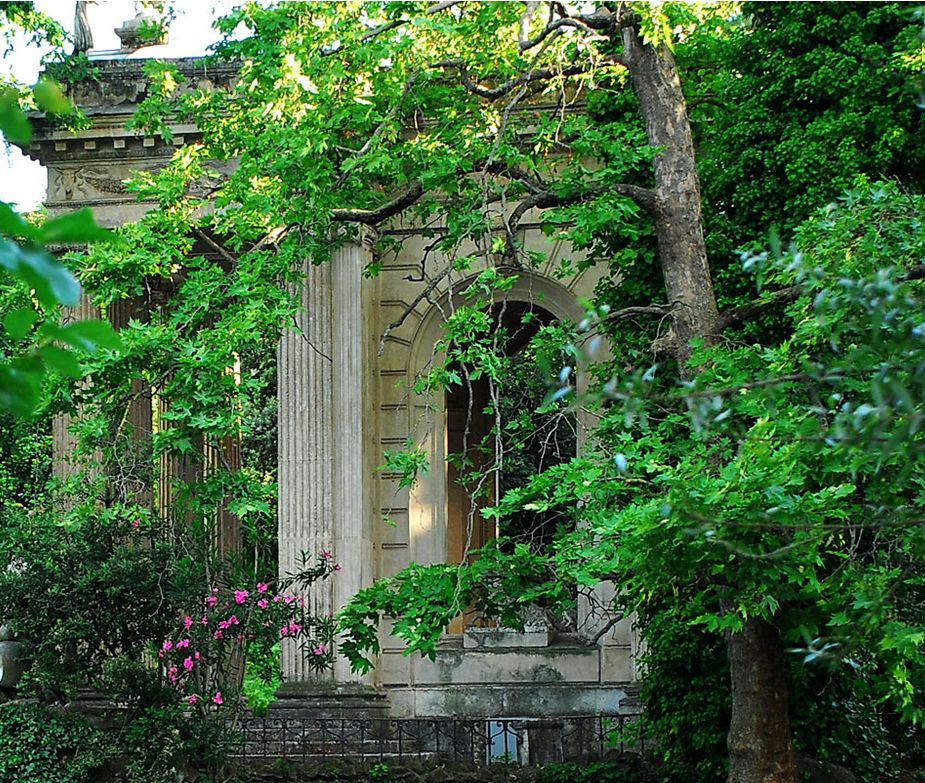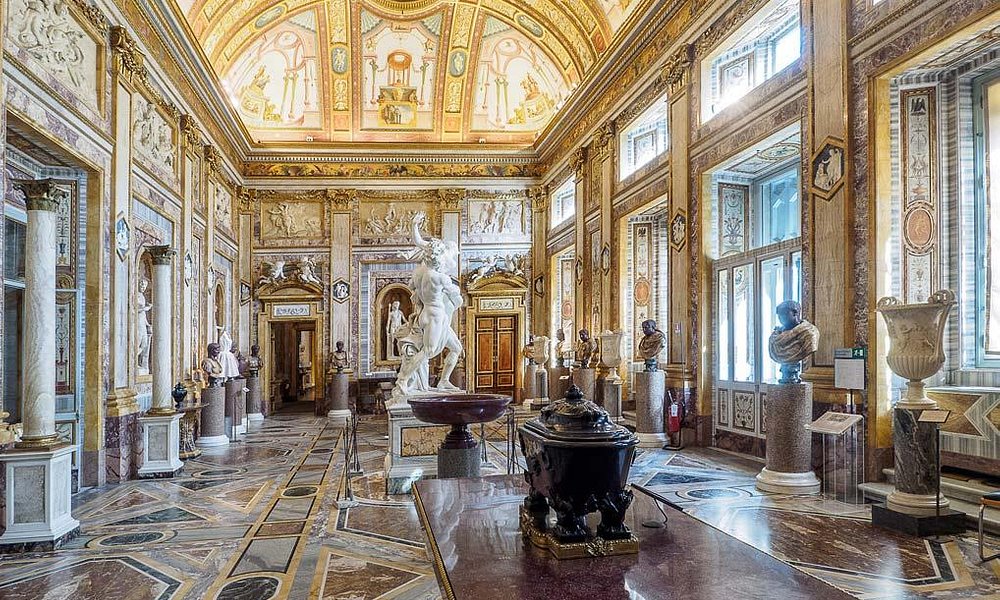Villa Borghese
Origins in Viticulture
The history of Villa Borghese begins at the end of the 16th century as a winery belonging to the noble Borghese family, who gave the villa its name. Over the centuries, the modest country estate grew into a magnificent palace. Cardinal Scipione Borghese commissioned the construction of the current main building in 1633 to house his private art collection.

The villa was built by the architect Flaminio Ponzo and his pupil Giovanni Vasanzio, commissioned by Cardinal Scipione Borghese, nephew of Pope Paul V; the gardens were designed under the direction of Domenico Savino da Montepulciano and embellished by Girolamo Rainaldi. Commissioned by Scipione Borghese, the work lasted from 1608 to 1633, the year of the cardinal’s death.
In the 18th century, Antonio Asprucci and his son Mario were commissioned by Marcantonio Borghese to carry out restoration and improvement work on the Villa Borghese. The restoration work first affected the Casino Nobile and later the park, where a system of symmetrical and perpendicular avenues with neoclassical temples and the Piazza di Siena were created.

In the 19th century, Camillo and Francesco Borghese expanded the area of the park, and in 1903, the park was acquired by the Italian state and used as a public park.
The most impressive parts of the Villa Borghese are the Lake Garden, where you can rent boats and admire masterpieces: among them, the Temple of Aesculapius, which rises in the middle of the water, and the sundial and the fountain of the Satyr Family, which can be seen on the shore.

Also worth mentioning are the Secret Gardens (Bird Garden, Old Garden, Sundial Garden and Culture Garden), reconstructed on the basis of historical and iconographic documentation; Piazza di Siena, named in honor of the Borghese family’s city of origin, and where important events, including the International Horse Racing Competition, are held every year; Giovanni Vasanzio’s Casino Borghese, home to the Borghese Gallery; the Fortezzuola, which now houses the Museo Canonica; the Etruscan Museum of Villa Giulia, the Modern Art Gallery and the Fallow Deer Park.

The Transformation into a Cultural Site
Since the early 20th century, the Villa Borghese has been state-owned and open to the public as a museum and park. The Casino Nobile, originally built around 1615, is now known as the Galleria Borghese and houses an exquisite collection of works of art tracing the development of art from the Renaissance to the modern era.
